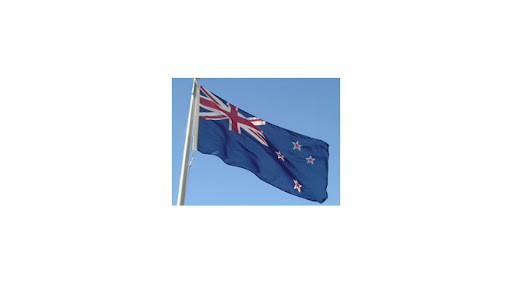28 February 2022
New Zealand now has one of the highest levels of Covid-19 transmission in the world, researchers have said – an extraordinary turnaround for a country that had managed to dampen the virus’s spread throughout much of the pandemic.
Covid-19 modellers at Rako Science have calculated New Zealand’s effective reproduction number – or R value – to be 4.23, meaning the average infected person is passing Omicron on to more than four people. That gives New Zealand the highest R value of more than 180 countries by a high margin, with Myanmar recording the second-highest rate of spread at 2.98.
The country is in the midst of an Omicron surge, with 334 people in hospital and 14,633 cases reported on Monday, including the environment minister, David Parker, who became the first MP to report testing positive for the virus since the pandemic began. In a tweet, he said he was isolating at home and had not been at parliament, nor with other MPs or staff, for a week.
Epidemiologist Michael Baker said he was “not at all surprised” about the high R value at this point, partly because the rest of the world had already been through Omicron outbreaks.
Another reason for the sudden increase in R value could be due to the introduction of rapid antigen testing (RAT) last week, which made testing faster and more convenient, he said. “More people have gone on to get tested, so we are seeing a huge spike in cases … It’s not that the iceberg’s any bigger, you’re just seeing more of it.”
Baker cautioned against paying too much attention to a shifting R value rate, which can be distorted by changes to testing methods, in favour of closely watching hospitalisation rates. Those rates gave a better, and more consistent, idea of how the outbreak was progressing, he said.
New Zealand’s first case of Covid-19 was detected two years ago on Monday. Baker said while it was “quite ironic that two years on, we are facing the most extreme transmission Covid-19 since the beginning the pandemic”, it was remarkable that New Zealand had achieved the lowest mortality in the OECD, by a huge margin. The country has reported 61 deaths in the pandemic.
Meanwhile, the surge in community cases could compel the government to rethink its border settings, Prime Minister Jacinda Ardern indicated on Monday morning. There were nearly 30,000 cases over the weekend, compared with 47 at the border. The first of the five phases of the border reopening plan began on Monday, with vaccinated New Zealanders and other visa holders arriving from Australia able to skip managed isolation and self-isolate at home for seven days.
PM Ardern said cabinet would discuss, and make decisions on Monday, about further changes to the border requirements.
“We’ve been very much wanting to make sure that while we’re in this period of dealing with Omicron that we’re carefully easing up at the border so that we don’t necessarily overburden our health system,” PM Ardern said. “But with so many cases in New Zealand now, it makes sense to look at those settings.”
Baker said there was no longer much public health justification for continuing controls at the border, because “people arriving from overseas will not contribute to the disease burden”.
“We have almost got to the point now where people arriving in New Zendaland have a lower prevalence of Omicron infection than people who live in New Zealand.”
Source and quoting Radio New Zealand.
Yours sincerely
Frank Short



